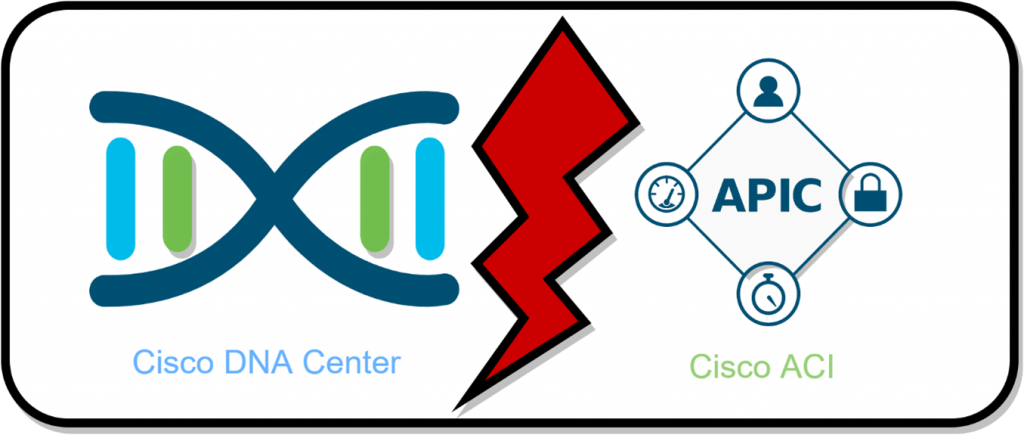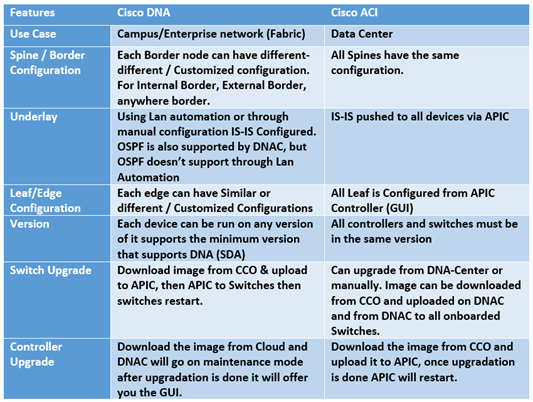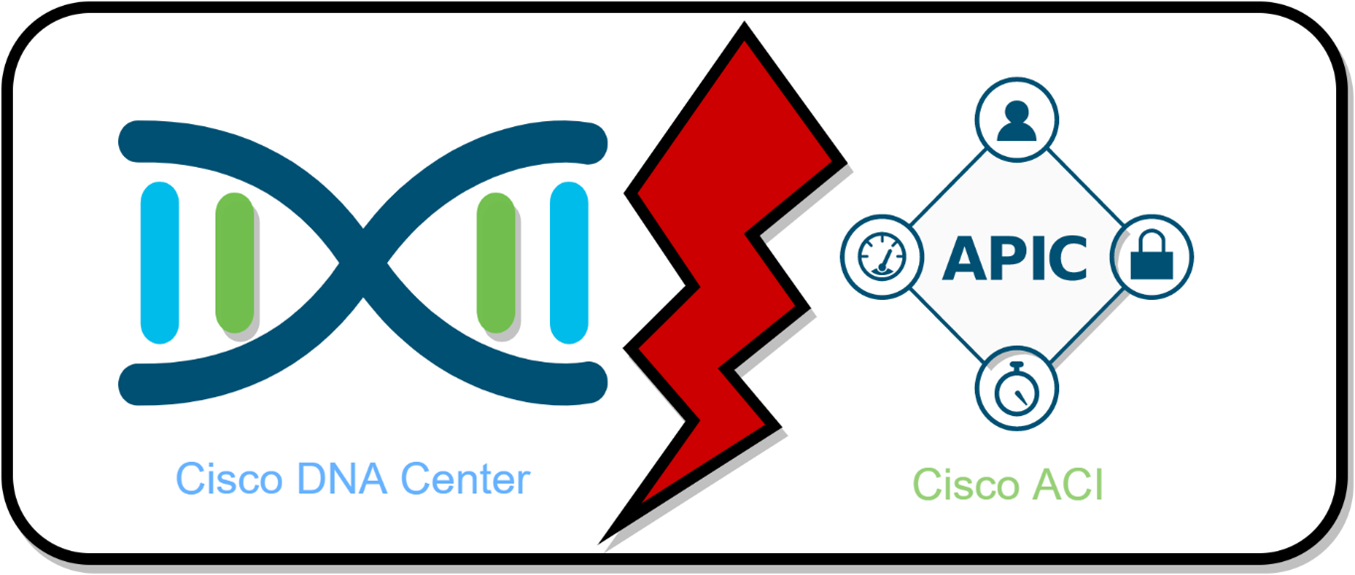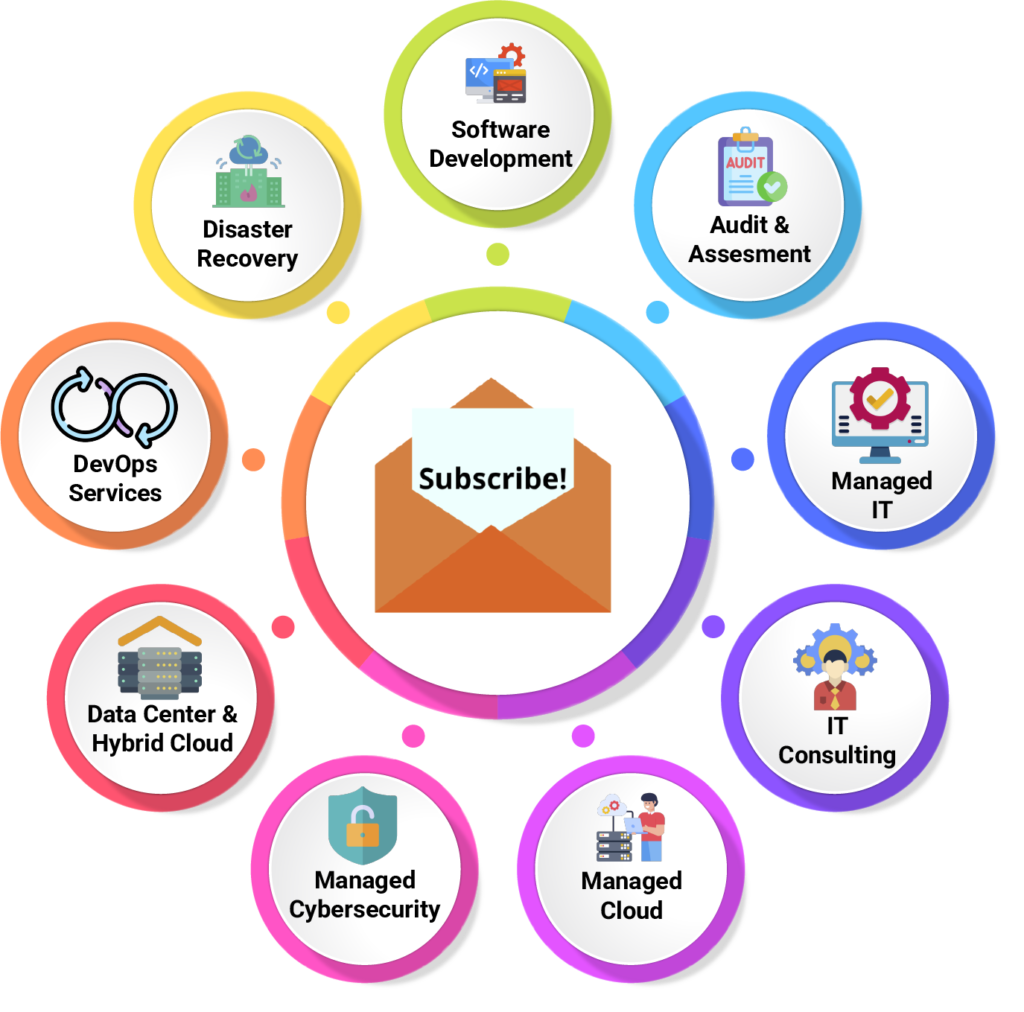
Cisco ACI (Application Centric Infrastructure) was a game-changing Software-Defined Networking (SDN) solution for data centers when it was released in 2013.
Over time, there has been a critical requirement for networking companies to have an effective networking device setup approach. Cisco ACI addresses the demand for networking systems to be simple, which has become a requirement for businesses. It especially eliminates the need to manually configure each router and switch.
Datacenter configuration has become more efficient, dependable, and seamless since the advent of Cisco ACI. Traditional SDN infrastructure does not take an application-centric approach. These SDNs are overly focused on complicated networking components, and as a result, they lack essential capabilities.
Cisco announced what some are calling their “biggest announcement of the decade” in June 2017. The Network Intuitive was released at the time of the announcement. A lot of existing Cisco network technologies are included in the Network Intuitive. These technologies work together to improve network automation, performance, and security.
What is Cisco ACI?
Since its unharnessing in 2014, Cisco Application Centric Infrastructure (ACI) has become the data center networking workhorse. In terms of scalability, automation, and user experience, ACI was a huge success.
ACI allows administrators to fine-tune automation in both large and small data centers. ACI simplifies DC networking by removing the complication of manually configuring a network environment. Previously, different Nexus switches placed in a similar environment had to be manually sorted – one by one. Because ACI recognizes all organized devices as a single entity, administrators can use the APIC to configure and manage them all at the same time. It saves time, money, and effort.
With its HTML5-based GUI, ACI started to come into its own from an automation aspect, simplifying the entire setup process by protecting administrators from the typically lengthy effort of setting equipment via the CLI or REST API. ACI also brought a significant benefit to the table in the form of integration. ACI combines networking, virtualization, containerization, and orchestration technologies to simplify network settings and provide a unified configuration.
With its HTML5-based GUI, ACI started to come into its own from an automation aspect, simplifying the entire setup process by protecting administrators from the typically lengthy effort of setting equipment via the CLI or REST API. ACI also brought a significant benefit to the table in the form of integration. ACI combines networking, virtualization, containerization, and orchestration technologies to simplify network settings and provide a unified configuration.
This is accomplished in exercise by ACI’s application-oriented platform. Instead of being constrained by routing, trunks, VLANs, and subnets, ACI employs a leaf-spine-leaf topology (CLOS), which is both simple and scalable, allowing it to scale as needed.
There is a lot more to this technology, but these are some of the fundamentals to compare.
What is Cisco DNA?
The Cisco Digital Network Architecture (DNA) is a networking solution that is built on purpose. Cisco DNA is like ACI in that it allows network engineers to virtually build new networks and define network policies with a few mouse clicks. It’s taken a step further with DNA. Consider the DNA Center as centralized management and automation platform that manages and automates the entire network using APIC-EM, the enterprise version of APIC.
New rules, networks, and apps that operate locally, in the cloud, and across the WAN may all be established in seconds from a single location. This results in a large organic network with less complexity for your support staff to deal with – and eliminates human mistakes.
Cisco DNA, with its application policy templates and quick setup, provides customers with all the ACI’s simplicity and ease of use while also allowing for automated IWAN deployment and monitoring. This eliminates the need to set up any single piece of Cisco equipment because the system handles everything through Cisco DNA.
Some differences between Cisco ACI and Cisco DNA are given below.

The above mentioned are the top features/advantages which you get when you decide to go for SD-Access in your Campus/Enterprise or Cisco ACI for Data Center.
We here at Zindagi Technologies have a team of certified Subject Matter Experts who specializes in SD-Access solutions/ Cisco ACI Solution. If you are looking for Planning / Designing / Implementation / PoC services for SD-Access, Cisco ACI, reach us out at Zindagi Technologies or call us at +91 9773973971.
Author
Ravi Kumar Singh
Network Consultant Engineer
Comments (3)
Leave a Reply to Introduction to CISCO ACI | Zindagi Technologies Cancel reply
You must be logged in to post a comment.








Rahul
May 22, 2022What blog Ravi sir, you are my idol. I like your blog the way you write 😃. Keep writing more blogs. Thanks
Zindagi Technologies
May 23, 2022Thanks Rahul, I will try to keep writing.
Introduction to CISCO ACI | Zindagi Technologies
August 3, 2022[…] ACI (Application Centric Infrastructure) is an architecture that allows complete lifecycle management of application deployment and […]